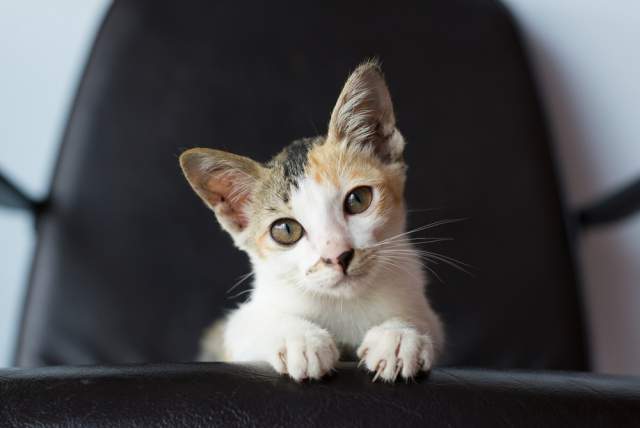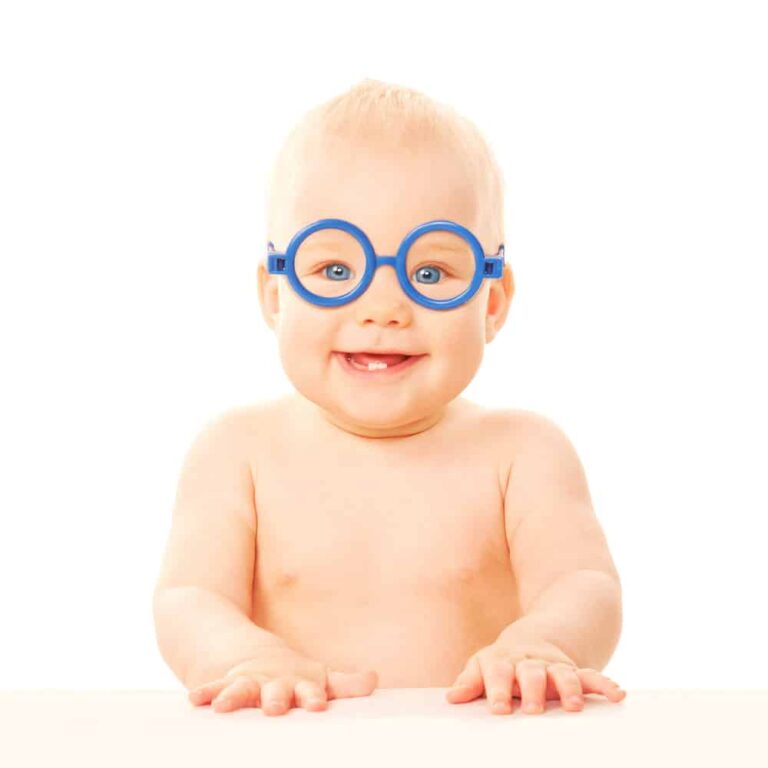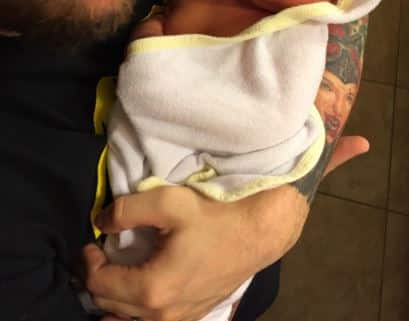It’s About Time: Awesome 6-Year-Old Girl Suggests Hasbro Add Some Girls To ‘Guess Who?’
 Who remembers the really awesome guessing game, “Guess Who?” And who remembers never wanting to be one of the female characters because there were only 5 of them and you were guaranteed to lose? I most definitely do! So even though you were a girl and “girl things” were kind of important when you were a kid, you chose to be one of the male characters. Competitiveness beats out gender association every time.
Who remembers the really awesome guessing game, “Guess Who?” And who remembers never wanting to be one of the female characters because there were only 5 of them and you were guaranteed to lose? I most definitely do! So even though you were a girl and “girl things” were kind of important when you were a kid, you chose to be one of the male characters. Competitiveness beats out gender association every time.
Well, one 6-year-old who is much smarter and more articulate than I was at that age decided to let Hasbro know that their “Guess Who?” could use a little girl power. Even better, her blogging mother helped the little girl out on her quest and then shared it with the world. Here’s the little girl’s note to the toy-makers:
Dear Hasbro,
My name is R______. I am six years old. I think it’s not fair to only have 5 girls in Guess Who and 19 boys. It is not only boys who are important, girls are important too. If grown ups get into thinking that girls are not important they won’t give little girls much care.
Also if girls want to be a girl in Guess Who they’ll always lose against a boy, and it will be harder for them to win. I am cross about that and if you don’t fix it soon, my mum could throw Guess Who out.
My mum typed this message but I told her what to say.
Do you hear that Hasbro? Little “R” is cross about this. Little “R” is also my new hero. She’s joining a growing group of consumers, mothers and young girls, who realize that gender matters when it comes to kid’s toys. Having characters that both boys and girls can identify with helps teach children about gender equality. Unfortunately, Hasbro didn’t get the message at all. They responded to this little girl’s letter by telling her:
Guess Who? is a guessing game based on a numerical equation. If you take a look at the characters in the game, you will notice that there are five of any given characteristics. The idea of the game is, that by process of elimination, you narrow down who it isn’t, thus determining who it is. The game is not weighted in favour of any particular character, male or female. Another aspect of the game is to draw attention away from using gender or ethnicity as the focal point, and to concentrate on those things that we all have in common, rather than focus on our differences.
We hope this information is of help to you.
I’m sure an explanation involving equations and weighted options was super helpful for the 6-year-old. The response was nice PR speak to avoid the very evident fact that the game has almost four times the number of boy characters than girl. It’s a fact so simple, even children find it confusing and frustrating.
Thankfully, this little girl’s mom responded to Hasbro. And, she earned a much more thoughtful response for the toy manufacturers. You can check out the rest of the exchange at her website.
However, more important than this single chain of correspondence is the demonstration it makes. It shows that girls notice a lack of female characters. They care about being able to identify with their toys. Little “R” saw that there was a problem and she wanted Hasbro to fix it. She wanted to hold them accountable.
We’re seeing more consumers demand that retailers meet their needs. We’re seeing more parents demand gender neutral toys. We’re seeing more kids reject gender stereotypes. That makes me pretty excited for Little “R,” her friends, and the entire generation growing up in a world that’s much more aware than it ever was before.
(Photo: Hasbro)






